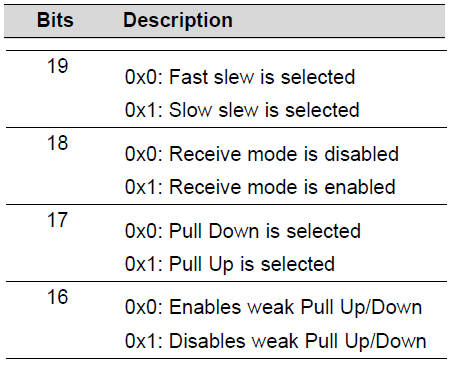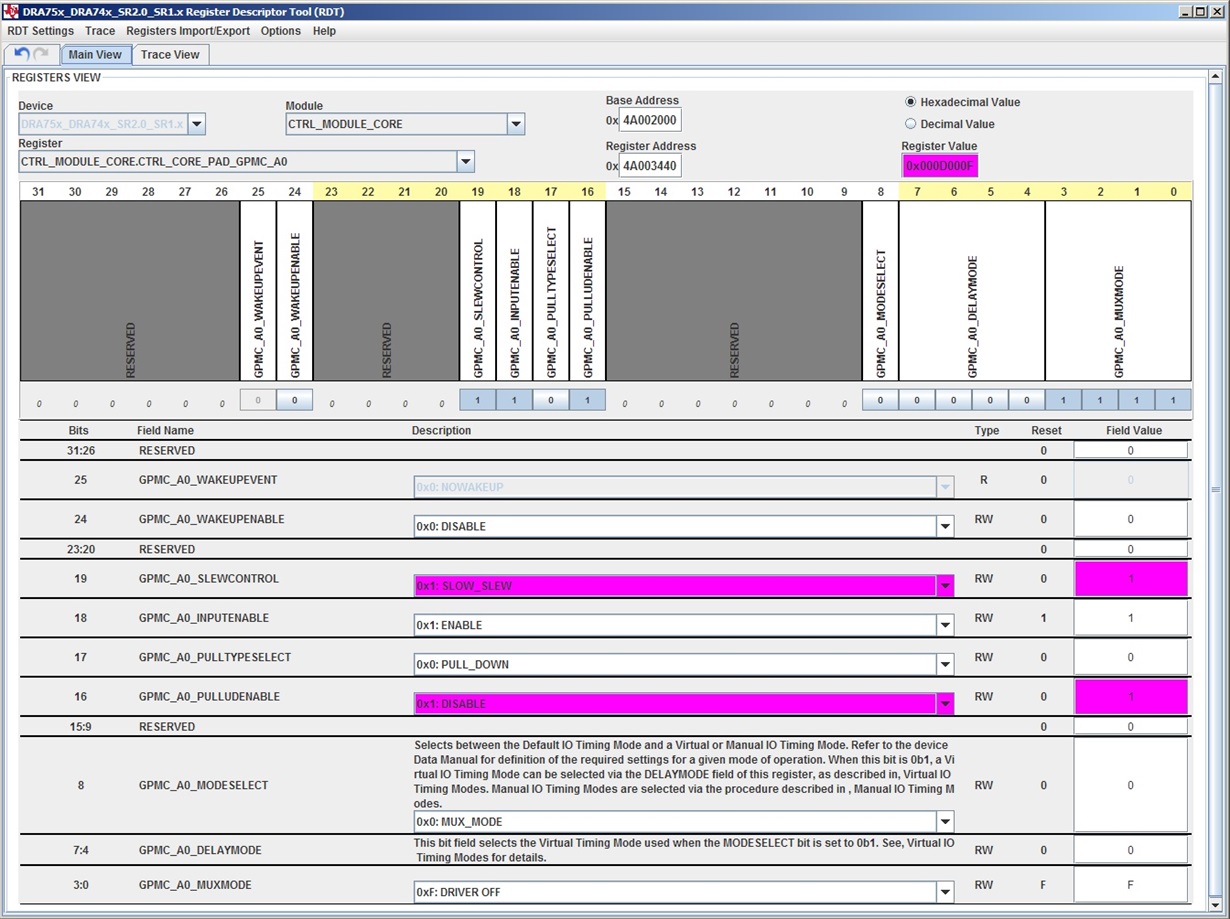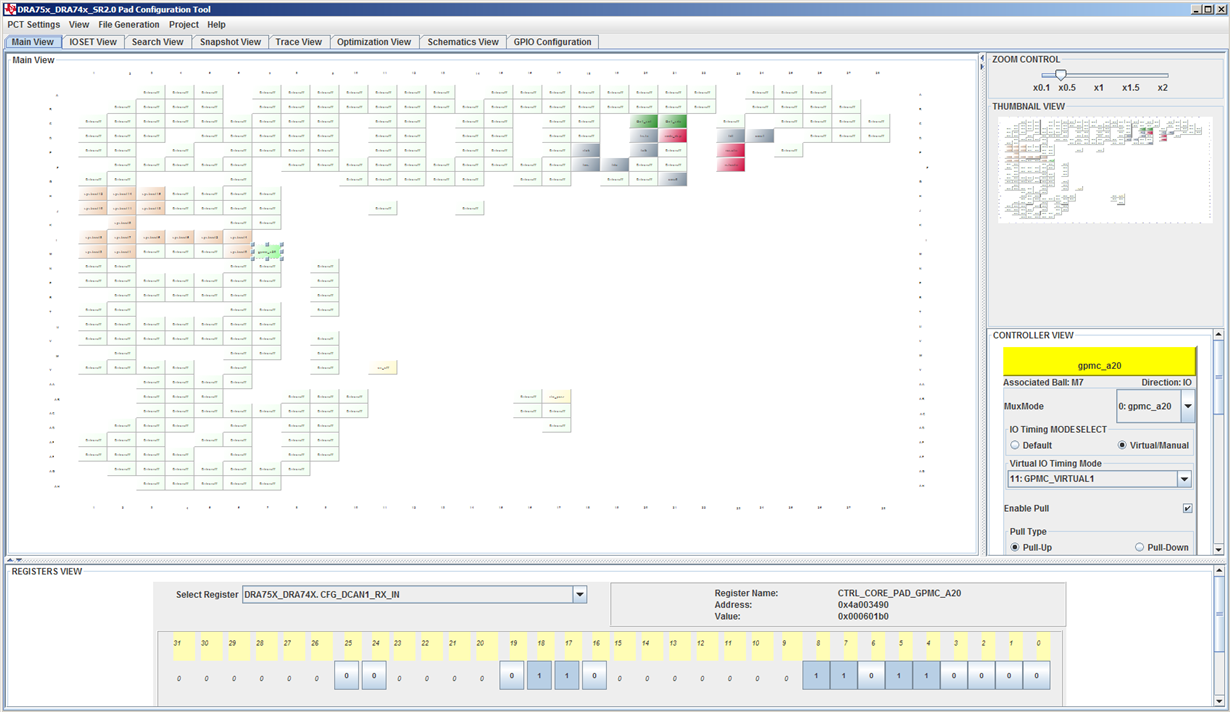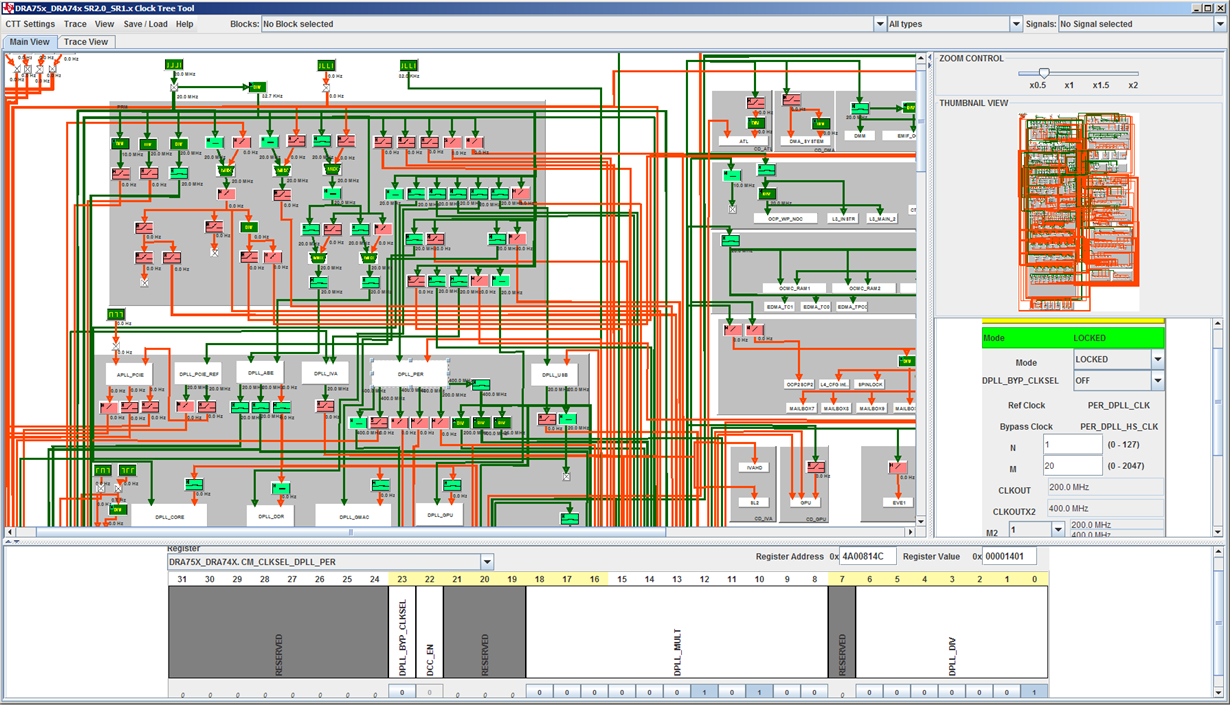Part Number: DRA722
Tool/software: Linux
hi,I found that the register configuration that in the mux_dra7xx.h is not compatible with the dra7x's datasheet,you can see the detail on the following:
\board-support\u-boot\arch\arm\include\asm\arch\mux_dra7xx.h
#define FSC (1 << 19)
#define SSC (0 << 19)
#define PEN (1 << 16)
#define PDIS (0 << 16)






